Bonhomme de Bourail
A beachside monolith shaped by years of waves crashing against hard quartz.
The Bonhomme de Bourail is a striking rock formation, a monolith made of quartz, that protrudes from the sea on the south end of the Baie des Tortues (Turtle Bay). The rock formation’s name translates to “Gentleman of Bourail,” and was named for its resemblance to a man’s head with a hat on.
Years of waves crashing upon this rock led to its unusual shape. But despite the durability of its material, the structure is surprisingly fragile. Another rock formation—La Roche Percée (The Pierced Rock), named for a hole in its base—could once be found nearby, but after a series of landslides, was destroyed in 2007.
The lagoons surrounding New Caledonia are recognized for their outstanding biodiversity including corals, turtles, dugongs and whales. The exceptional importance of this region, including the Bourail Lagoon, has been recognized through its designation as a UNESCO world heritage site.
The beach at Turtle Bay is in the center of three beaches with the Baie des Amoureaux (Bay of Lovers) to the northwest and the Plage de la Roche Percee (Roche Percee Beach) to the southeast. The Bonhomme de Bourail can be seen from a number of vantage points, including spots on the network of hiking trails which connect the three beaches.
Turtle Bay is the perfect place to spend a relaxing day, or take advantage of the only surfing spot in New Caledonia with waves reaching up to 2.5 meters (8 feet). The beach is beautifully nestled in the forest covered hillside and is separated from the small parking area by a swath of New Caledonian pines. Turtle Bay a special place not only for its natural beauty, but also for the significance it has to the local indigenous populations, for whom this place is an important gateway to the kingdom of the dead.



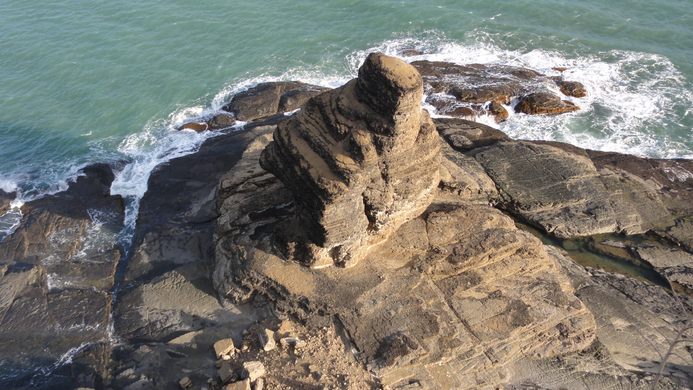





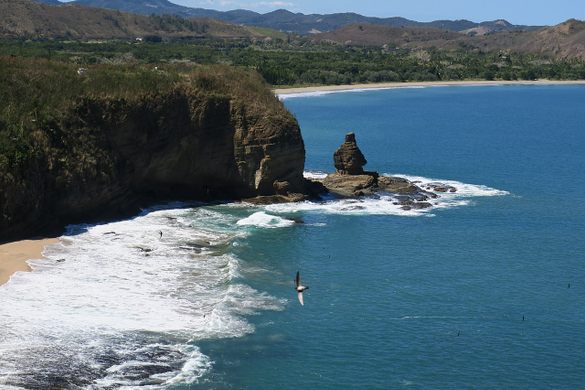
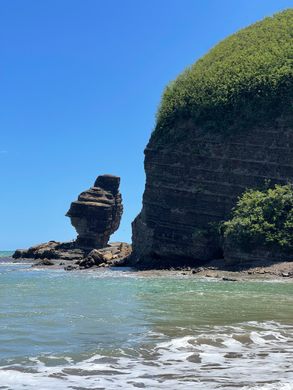





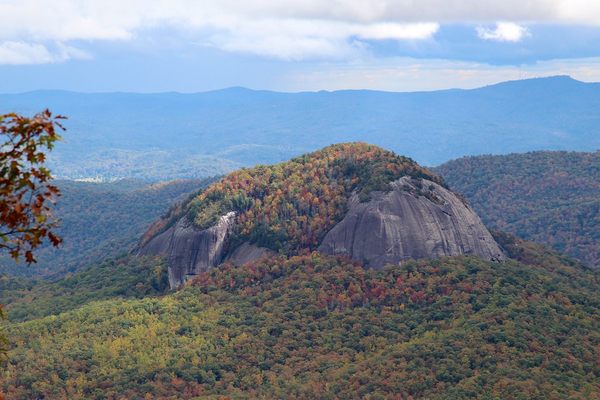
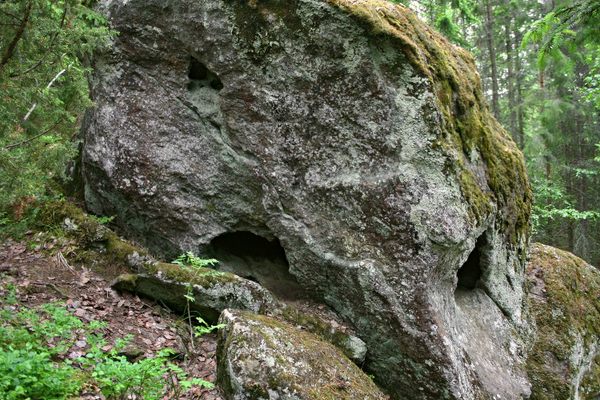
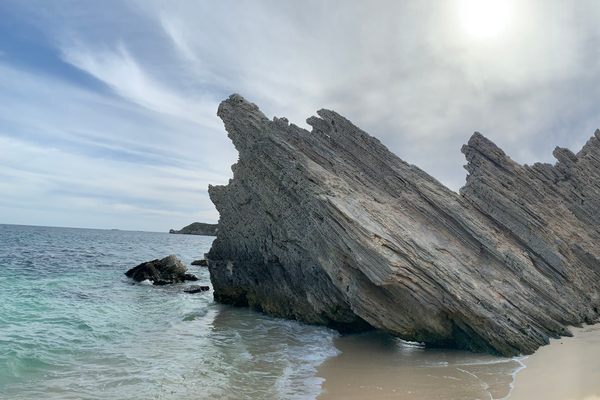


Follow us on Twitter to get the latest on the world's hidden wonders.
Like us on Facebook to get the latest on the world's hidden wonders.
Follow us on Twitter Like us on Facebook